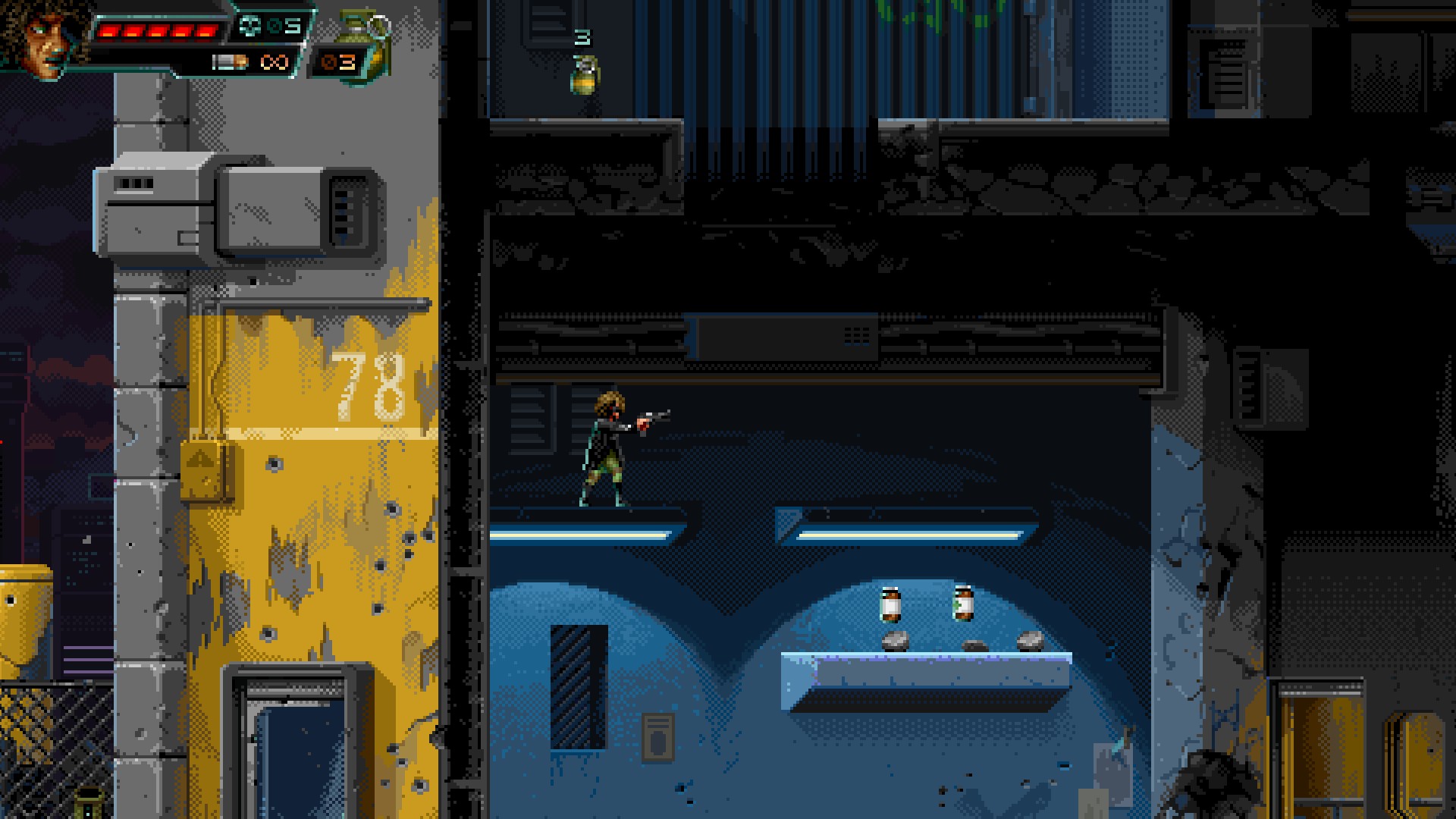
"I ask myself that every single day," Green said, squatting down with his iPhone to get just the right angle of an old payphone in front of a liquor store. "I just capture an image, in the state that it's in, on the date that I am there," Green explains.īut it all begs the obvious question: Why does he do this? "It's literally carrying the DNA of the individuals who have touched it and interacted with it over years and decades," Green said, just before he snaps a photo of a decrepit booth, rusted and missing the handset. Ironically, to preserve pay phones for posterity, Green uses the same technology that made pay phones obsolete in the first place. "And we've only been driving for five minutes!" Green adds. As he drives farther down the street, he counts three more phones that have disappeared and in a short time. "It's gone!" Green said, pointing to a spot where he snapped a pay phone photo just a few months ago. They were abandoned.Īnd Green said he is in a hurry to preserve this history because pay phones are perishing. When they broke down, often no one came out to repair them. Over time, as more and more people relied on their cellular phones, public phones became obsolete. Many private companies got into the pay phone business. When Ma Bell was split up in the 1980s, she lost her grip on phone booths. While it held a telecommunications monopoly, AT&T owned all of the payphones. But Green believes there were once "tens of thousands" of them in the Los Angeles area. His goal is to capture every single pay phone in L.A. He takes a picture of every phone booth he encounters and then dutifully documents them on his social media and websites. Green goes on regular "pay phone hunts." For the past three years, he has been driving all over Los Angeles, his eyes peeled for pay phones.ĭriving down the street, and during a recent hunt, Green points out the passenger side window. "And these things are disappearing everywhere you look."Īnd he looks everywhere.

And he is nostalgic about them.Ī post shared by A New Media Documentary don't see a lot of people singing the praises of pay phones, and yet they've played an essential role in our society," Green said. They remind him of his youth, when, while he was running around town in a pre-cell phone era, he relied on public phones to keep in touch.

"It's part of my life that died," Green said.įor Green, pay phones are personal. It is what it is."Īn artist and filmmaker, Green is bewitched by booths as they are ghosts from his past. "It is a perfect representation of what you would find out on a street corner," Green said. He has no intention of refurbishing it, he said. The dismantling crew said "yes." He threw it in the back of his trunk and drove off. They were decommissioning the booth, and Green asked if he could take it. Green was driving down the street one day and saw a crew unmooring a pay phone from a sidewalk. To him, this empty box, now missing the actual phone it once housed, is a thing of beauty, a sight to behold, even if it is worse for the wear. Ryan Green stands proudly, gazing at an old phone booth in his Los Angeles home driveway.


 0 kommentar(er)
0 kommentar(er)
